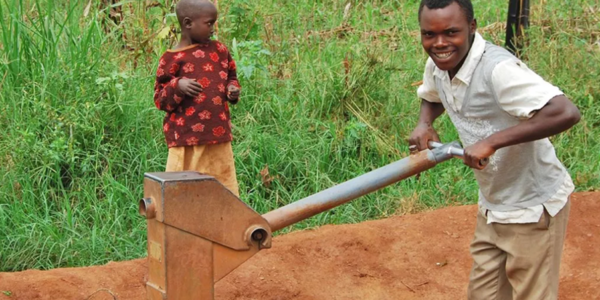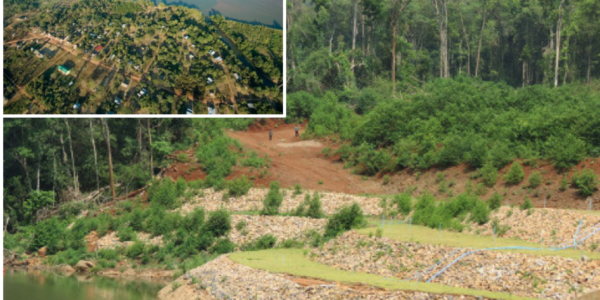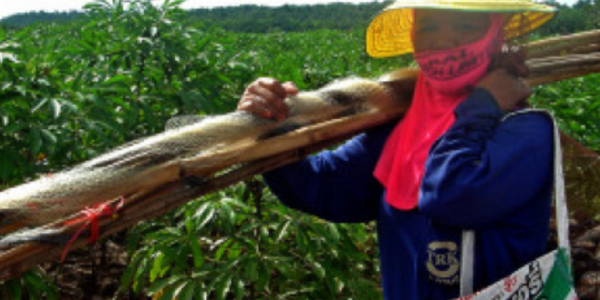«Crypto goes carbon neutral»
The blockchain technology and digital/crypto assets based on it are very promising. However, because they are driven by high levels of computing power, the related energy consumption is mind-blowing. The operation of innumerable data centers related to blockchain validations means there are huge greenhouse gas emissions, first and foremost CO2, caused by this technology.
To put some perspective on the numbers: Proof-of-work (PoW) networks such as Bitcoin are so energy intensive that they require 2x the yearly electricity consumption of the country of Switzerland to keep operating. Proof-of-stake (PoS) networks such as Cardano or Solana require substantially less energy consumption. The impact of each blockchain on the environment, measured by its carbon dioxide emission, varies and changes over time.
As the use of blockchain and digital assets grows, so does the carbon dioxide emission. This is not sustainable. Helveteq, which is dedicated to ESG transparency, has decided to start the initiative «Crypto goes carbon neutral».
A selection of our public digital/crypto asset products is designed to be carbon neutral. They have a mechanism built in to calculate the carbon emission effect they cause as they grow in size and usage. The respective carbon emission effect is compensated by Helveteq’s investments in credits of private projects that reduce or avoid carbon emissions globally.

Cooperation with the University of Zurich
As part of our engagement strategy, we entered a long-term cooperation with the Swiss FinTech Innovation Lab of the Institute for Banking and Finance at the University of Zurich (UZH), which led to the development of a model to calculate and compensate the carbon footprint of selected assets powered by blockchain technology. In this innovative partnership between academia and the financial sector, the University of Zurich (Swiss FinTech Innovation Lab) assesses the carbon footprint of various underlying blockchains, such as Bitcoin, Ethereum, or Solana, for Helveteq. These calculations form the basis of the carbon offsetting approach applied to certain products we issue.
Research on the exact carbon footprint of blockchains remains a developing field. A commonly agreed framework has yet to emerge, due to differences in energy mixes, consensus mechanisms, and blockchain usage patterns. This is why Helveteq supports the University of Zurich in advancing academic research in this area. Helveteq and the University also collaborate in events that explain the principles behind the «Crypto goes carbon neutral» initiative.
This cooperation serves two purposes. Firstly, it enables us to offer selected scientifically grounded carbon-compensated products for responsible investors. Secondly, it helps promote publicly available research for the benefit of the wider market.
Methodology
The University of Zurich (Swiss FinTech Innovation Lab) has established a “life cycle model” for the analysis of the carbon footprint of blockchains used in selected Helveteq products. The life cycle model essentially differentiates between the energy, and of course carbon, usage of transactions on a blockchain versus the holding of digital/crypto assets on a blockchain.
Helveteq calculates its number of transactions and its holding of digital assets versus the total blockchain community on a monthly basis and compensates the carbon impact of the investor-led transactions and holdings based on the methodology developed by the University of Zurich. In a month in which we execute a high number of transactions versus the average blockchain user, but the holding value is less significant, we may compensate more at the transactional carbon impact level. In a month in which our holdings grow very fast versus the average user but our transactions are moderate, we may compensate more at the holding carbon impact level.
Accordingly, the levels of Helveteq’s carbon compensation can fluctuate and are not predetermined in a simplistic fashion.
Projects
Helveteq offsets the carbon impact of some of its products through the purchase of carbon credits issued by projects that are certified under approved global standards. These include the United Nations’ CDM (Clean Development Mechanism), the VCS (Verified Carbon Standard) and the Gold Standard. By purchasing carbon credits corresponding to estimated carbon emissions, Helveteq helps to reduce or avoid the equivalent amount of carbon on behalf of investors.
These are the current projects we support:



